 After I read the first of C.S. Lewis’s Space Trilogy (Out of the Silent Planet), I thought I would pick up something short as a palate-cleanser. Brother, did I go wrong: This 1200+ page book, which I just bought in June (not long before I started reading it), took the better part of a month to read.
After I read the first of C.S. Lewis’s Space Trilogy (Out of the Silent Planet), I thought I would pick up something short as a palate-cleanser. Brother, did I go wrong: This 1200+ page book, which I just bought in June (not long before I started reading it), took the better part of a month to read.
This particular volume is the tie-in to the original television miniseries and has a picture of Richard Chamberlain on the back (what, he was more than Allan Quatermain?). As you might know, gentle reader, a new miniseries was released last year, so strangely enough, if I get down verbally with the kids these days about Shōgun these days, they’ll know it from the recent television experience, whereas I read the doorstop book (see also Dune).
So:
An English pilot/navigator is aboard a ship, the Erasmus, the only remaining vessel from a small contingent set to circumnavigate the globe circa 1600 is shipwrecked on the coast of Japan with a small number of his crew. They’re captured and are going to be killed, but the local warlord, Toranaga, takes an interest in him. He, Blackthorne, the pilot, is called Anjin-san (“Anjin” is nihongo for pilot). He falls in love with a married woman, Mariko, vows revenge on a brutal samurai (that’s redundant, but Yabu is extra brutal and does not like Blackthorne), and, after saving the life of Toranaga (twice) is made hatamoto and samurai. Meanwhile, above and beyond all this, the last military leader died, leaving a council of regents. A rival on the council, Ishido, is maneuvering to ostracize/expel Toranaga. And the Jesuits have started making inroads into Japan, converting a number of people, including some provincial leaders, but they think Blackthorne, as an Englishman and Protestant, is a heretic and must be eliminated. So we’ve got a bit of a fish-out-of-water story as Blackthorne comes to appreciate the Japanese way of life–or elements thereof; a love story between Blackthorne and Mariko; and a hella lotta political intrigue. And it has 1200 pages in which to do it.
The narrative has an interesting bit of flashbackery to it; often, we get an action or situation, and then the story flashes back to the events leading up to the action or situation. Which turns out to be almost how the whole story is laid out (spoiler alert?) We do get some chatty spots where characters discuss events or situations for a couple of pages to set up context or intrigue, and these spots are a bit boggy. And although he is the Western readers’ intro into the story and the one we’re supposed to root for, ultimately, at the end, Blackthorne’s real importance kind of falls off (the book is not entitled An Englishman in Japan or Anjin-San). And the climax comes around page 1000, runs a relatively long time, and then we have a bit of a dénouement for over one hundred pages with an ending that leads not to the great battle between the rivals for the shogunate–the book ends with preparations for the war. So a bit underwhelming to a modernish reader who expects more of a payoff at the end.
So it’s very similar to The Last Samurai, although set at opposite ends of the shogunate: A Western Larry Sue comes to Japan and ends up at the domicile of a samurai, falls in love with a Japanese woman with complications, and comes to appreciate the samurai way of life. Both are a bit hagiographic on the samurai way of life with living in the moment and composing poems and whatnot, but this book does show its inherent brutality and disdain for peasants, merchants, and Christians whereas the film did not (as I have not seen either filmed rendition of this book, I cannot say how brutal they were depicted, although the Wikipedia entry for the 1980 miniseries indicates it broke many network television taboos).
At any rate, I felt a little smart reading it as I was already familiar with some of Japan’s history, Buddhism (c’mon, I know who the Amida Buddha is), and geography, but at times I was a little annoyed with the exposition until I realized that most people were not.
It’s a long book. And I definitely finished it. But I’m not eager to run out and gather Clavell’s other work.
Although I did make an allusion to the film The Fly while reading this book, and in looking into Clavell’s career (reading Wikipedia), I discovered he wrote the screenplay for the original 1958 film. So, clearly, the books published in 1980 are listening to me. Be careful! Think and say nothing!
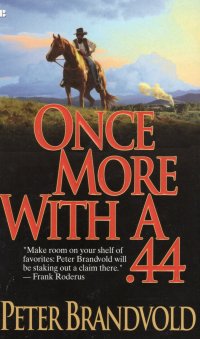 I picked up this book last year Sparta (home of the Trojans) because I had some room in the bag-for-three-bucks and I’ve been working some Westerns into the rotation. I read this book in between chapters of Perelandra, the Venus book of C.S. Lewis’s Space trilogy, and I am likely to cull the stack of books on the chairside table because I’m finding that I’m reading more and more of these enjoyable little in-between-chapter books rather than the others, and I do want to make quota this year.
I picked up this book last year Sparta (home of the Trojans) because I had some room in the bag-for-three-bucks and I’ve been working some Westerns into the rotation. I read this book in between chapters of Perelandra, the Venus book of C.S. Lewis’s Space trilogy, and I am likely to cull the stack of books on the chairside table because I’m finding that I’m reading more and more of these enjoyable little in-between-chapter books rather than the others, and I do want to make quota this year.


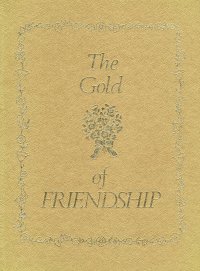 I just picked this book up
I just picked this book up 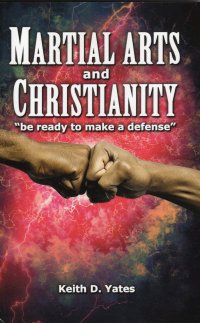 I got this book
I got this book 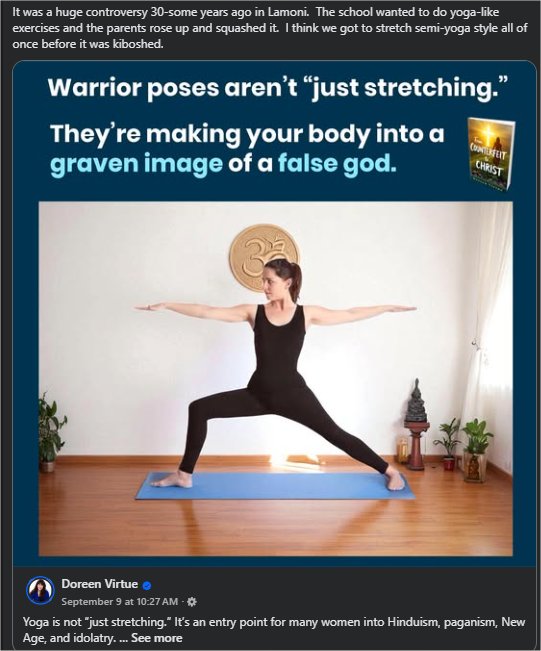
 I just picked this book up
I just picked this book up 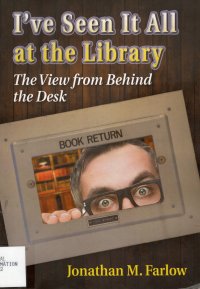 I got this remaindered library book at the Friends of the Springfield-Greene County Library book sale
I got this remaindered library book at the Friends of the Springfield-Greene County Library book sale 
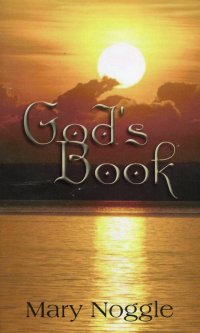 Sometime on or after seeing my aunt Mary on a recent trip to Wisconsin (How recent?
Sometime on or after seeing my aunt Mary on a recent trip to Wisconsin (How recent? 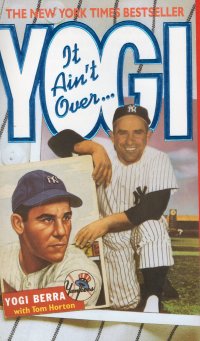 I
I 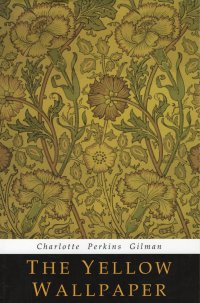 I picked up this book in a bundle of chapbooks
I picked up this book in a bundle of chapbooks 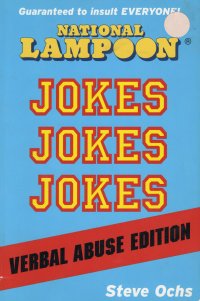 I bought this book
I bought this book 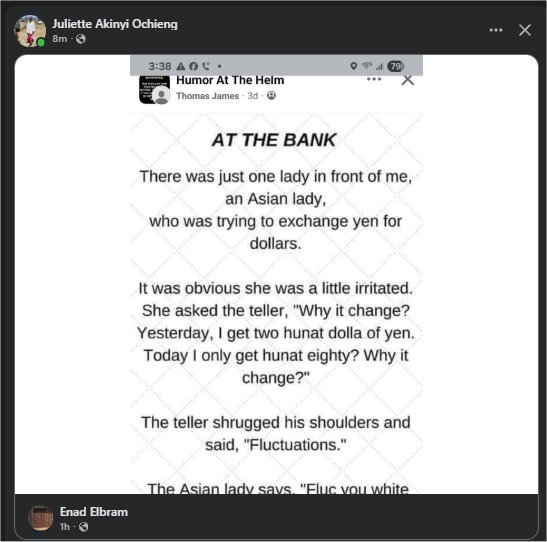
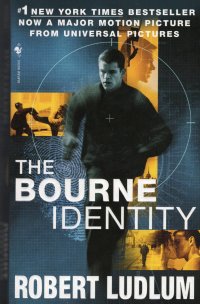 When I bought this book
When I bought this book 

 This is a relatively recent (2020) hardback from the Salesian Missions collection of poems which I just bought in (
This is a relatively recent (2020) hardback from the Salesian Missions collection of poems which I just bought in ( It seems like I just read a Hornblower or O’Brian book, but I might have been thinking of Sharpe’s Trafalgar which mostly took place at sea and which I just read
It seems like I just read a Hornblower or O’Brian book, but I might have been thinking of Sharpe’s Trafalgar which mostly took place at sea and which I just read  As I mentioned when I bought this book
As I mentioned when I bought this book  After I read the first of C.S. Lewis’s Space Trilogy (Out of the Silent Planet), I thought I would pick up something short as a palate-cleanser. Brother, did I go wrong: This 1200+ page book, which I just bought
After I read the first of C.S. Lewis’s Space Trilogy (Out of the Silent Planet), I thought I would pick up something short as a palate-cleanser. Brother, did I go wrong: This 1200+ page book, which I just bought 
 I bought these books
I bought these books  The second of the two books, the first to be published, is more interesting, actually. Because instead of a stream of out-of-timeline-order memories, we have a number of essays that go into some detail. The first two are about the fans and about the stadium (expanded in that year with the help of a sales tax, and both books are in favor of it). Then we get essays about Fuzzy Thurston, the longtime Packers photographer (Vernon Biever, not Fuzzy Thurston), a couple of early role players who got together and talked about their time with the Packers and being fans, a kicker who went off the rails but turned his life around, a redemption for Tony Mandarich, and then an essay about LeRoy Butler, the longtime safety who did the first Lambeau Leap (and who still does Packers commentary).
The second of the two books, the first to be published, is more interesting, actually. Because instead of a stream of out-of-timeline-order memories, we have a number of essays that go into some detail. The first two are about the fans and about the stadium (expanded in that year with the help of a sales tax, and both books are in favor of it). Then we get essays about Fuzzy Thurston, the longtime Packers photographer (Vernon Biever, not Fuzzy Thurston), a couple of early role players who got together and talked about their time with the Packers and being fans, a kicker who went off the rails but turned his life around, a redemption for Tony Mandarich, and then an essay about LeRoy Butler, the longtime safety who did the first Lambeau Leap (and who still does Packers commentary).